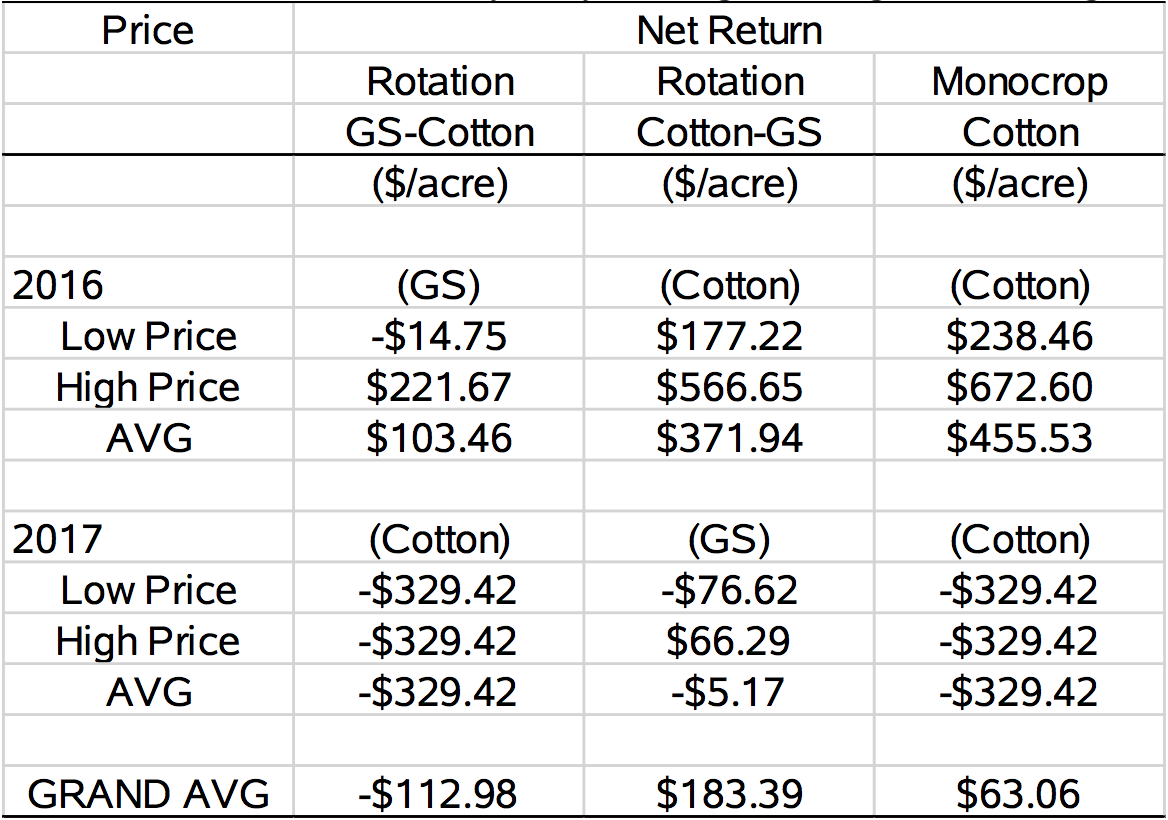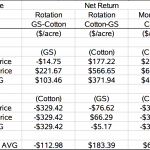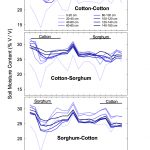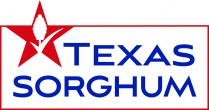China Tariffs—This week, China announced another schedule of tariffs in response to the United States’ $50 billion tariffs stemming from a Section 301 investigation into Chinese policies regarding the forced transfer of intellectual properties. About one-third of the products on the newest round of Chinese tariffs are agricultural, amounting to roughly $17 billion worth of Chinese imports. These agricultural products include soybeans, corn and corn products, wheat, sorghum, cotton, beef and beef products, cranberries, orange juice, and tobacco and tobacco products. The proposed tariff level is 25%. No timetable has been established for when these most recent schedules of both American and Chinese tariffs will take effect.
In response to the announcement of these tariffs, National Sorghum Producers Chairman Don Bloss released a statement, which is excerpted below and can be read in its entirety here:
“Trade wars are not good for anyone, and we urge President Trump and other negotiators to take a constructive approach in the ongoing negotiations that do not threaten more harm to U.S. sorghum producers. Our hope is that this situation will be resolved sooner rather than later. Sorghum is good for U.S. farmers and traders, and good for China.”
Auxin Training—Since January more than 100 auxin training meetings have been scheduled across the state. This training was mandated by the EPA for all individuals who will be applying three newly formulated dicamba products because of a large number of off-target movement claims that occurred across several states in 2017. The three newly registered low-volatility dicamba herbicides are: XtendiMax® herbicide with VaporGrip® Technology (Monsanto, which received federal approval in November 2016), Engenia® Herbicide (BASF, approved December 2017), and DuPont® FeXapan® herbicide Plus VaporGrip® Technology (approved February 2017). In late 2017, EPA approved label revisions for these products, which are set to expire in November/December of 2018. Label renewals will depend largely on on-target application success in 2018. This training applies to all labeled uses of these herbicides. Enlist Duo™ and Enlist ONE™ are not a part of this required training, although the principles of on-target application can be applied to all herbicide applications. This training not only satisfies the federal requirement but also satisfies the Texas Department of Agriculture requirement for auxin specific training. For more information click here or to find a meeting in your area click here.
Evaluating Benefits of a Sorghum-Cotton Rotation to Encourage Sorghum Re-Expansion in the Rolling Plains—Principal Investigator: Curtis Adams; this research was funded by the Texas Grain Sorghum Producers Board
Grain sorghum was historically a major crop in the Rolling Plains region of north-central Texas. Due to a variety of factors, grain sorghum acreage declined in the region and monocropping of cotton became the predominant summer cropping system. But the current continuous cotton system is prone to inefficiency and it degrades the land. In the experiment, a sorghum-cotton rotation, including both sequences of the crop rotation (i.e. sorghum-cotton and cotton-sorghum), were compared to a continuous cotton cropping system in dryland conditions. To determine potential benefits of the rotation with sorghum, the following assessments of the treatments were made: annual determination of crop productivity and yield; year-round measurement of soil moisture content; annual determination of soil nitrogen and carbon; and a simple annual assessment of variable input costs and proceeds based on local economic factors. In the initial two years of the project, environmental conditions varied widely between years. The first year, 2016, was a successful cropping season for producers in the Rolling Plains region and yields were good. In 2017, sorghum was planted in early May, but a prolonged dry period following planting reduced sorghum yield and prevented planting of cotton for more than a month and a half. Cotton was finally planted in late June, but an earlier than average frost caused failure of the cotton crop. Economic analysis showed that potential economic returns are greater for cotton than grain sorghum, but potential losses are also greater.

Fig. 1 Economic analysis showing estimates of net returns for grain sorghum-cotton rotational systems (differing in sequence) and continuous (monocrop) cotton. The analysis is based on data collected in the project from 2016 and 2017. Both low and high price estimates are shown, with yearly averages and grand averages calculated. (GS, grain sorghum.)
Due to crop failure in cotton in 2017, the greatest net economic return in the study was obtained in the cotton-sorghum cropping system as compared to continuous cotton and the sorghum-cotton system (by virtue of crop timing). Soil moisture data suggested that surface soil moisture was greater following sorghum than following cotton; continued data collection in future years will help to clarify the impact of this. The higher soil moisture may have been the result of higher surface residue following sorghum, which aided in increasing water infiltration and reducing evaporation.

Fig. 2 Soil moisture content at eight depths, 0 to 160 cm, over the course of time in three systems. The labeled bars towards the top of each graph signify the period over which the respective crops were grown in each system.
Section 18 Granted for Transform in Multiple States in 2018—Sorghum farmers in Texas, Kansas, Arkansas, Louisiana, Alabama, Colorado, Mississippi, Oklahoma and Virginia have all been granted Section Emergency Use Exemption for the use of sulfoxaflor on grain sorghum for the 2018 growing season. Sulfoxaflor is the active ingredient in Transform WG and gives sorghum farmers more flexibility when treating for the sugarcane aphid. Learn more at DefendYourCrop.com.










